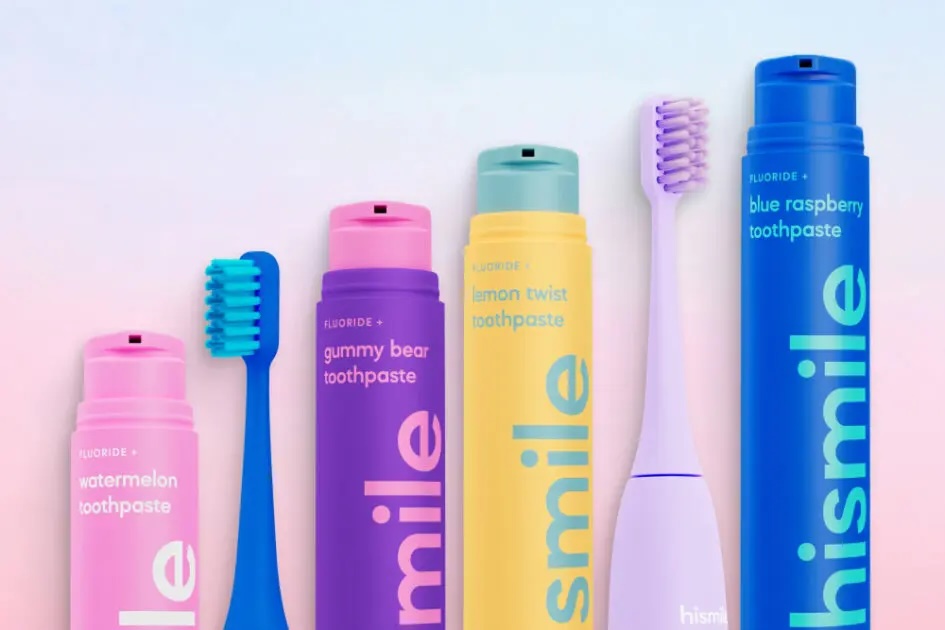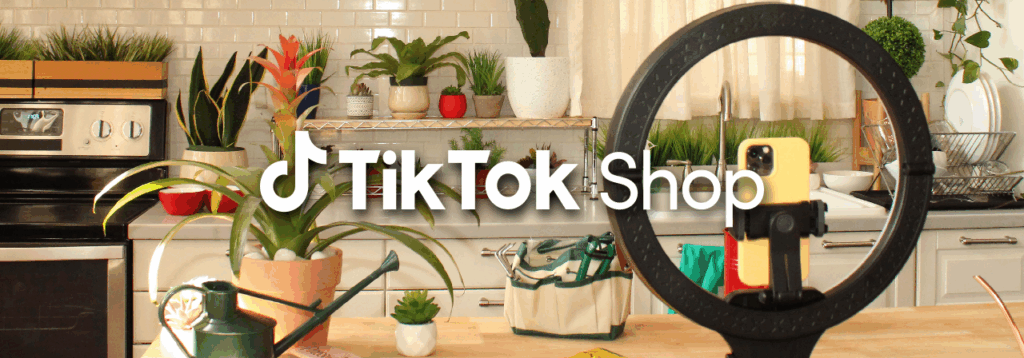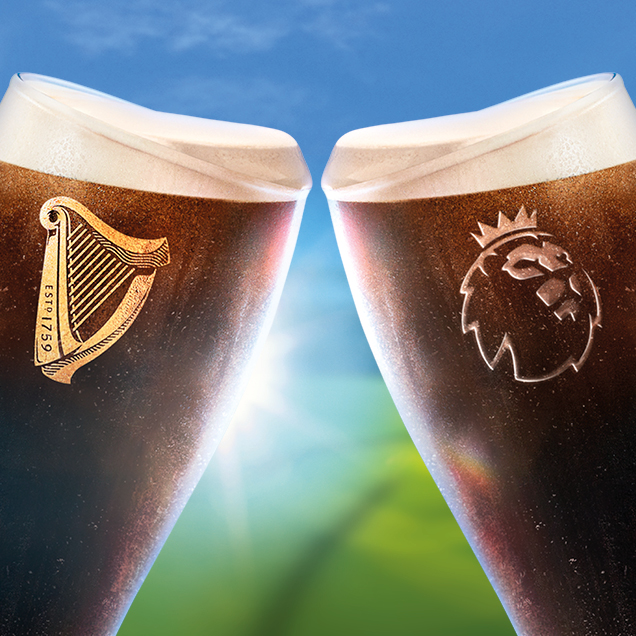Focusing on your brand’s core offer has the best potential for profitable future growth
Any personal trainer will tell you that strength comes from the core. And it is the same with business. It’s seductive to think that the way to grow a brand is through exciting breakthrough innovation, but the reality is that most of the volume and margin in FMCG businesses comes from the core.
How you define the core will depend on your business, but it will include the products that make up the heart and soul of the brand, the ones that customers know and love and, crucially, the ones that are most efficient and profitable to produce, market and scale. For example, Heinz beans, Kit Kat four-finger bars; Fairy washing up liquid, Walkers Cheese & Onion, Ready Salted and Salt & Vinegar.
How the market has shifted
In recent years, many brands have focused on innovating in new growth spaces, and for good reason. Across categories, there’s been a convergence of macro forces including health, technology and sustainability which have created and accelerated lucrative new opportunity spaces, such as no & low alcoholic drinks, plant-based foods and DTC business models.
There’ve been some exciting start-ups that have blurred the edges of categories such as Hi Smile, bringing together the unlikely bedfellows of confectionery and oral health; Moth – high-end cocktails X Ready-to-drinks; and AKT – beauty X deodorants. These mash-ups have served to create new interest and vibrancy in previously stable categories.

Hismile has disrupted the category by bringing the joy and novelty of confectionery to oral care.
Consequently, much of the bandwidth in client teams has been used in making sense and taking advantage of these new opportunities. But, at The Forge, we’re asking, “Has this come at the cost of our core?”
What has changed?
The market conditions that favoured such innovation have changed. The disruption of the pandemic followed by the cost-of-living crisis have broken consumption habits, and changed needs and occasions.
- The tradition of three family meals per day was already on the way out but COVID accelerated the decline towards the on-the-go snacking and fluid eating behaviours we see now.
- Private label has surged, hitting a record high of 52.3% of sales in January 2025, driven by the cost-of-living crisis, price sensitivity, and good-enough quality.
- DTC has also accelerated, meaning customers have got used to fast, custom, digital-first solutions in categories from food to washing powder to loo rolls.
- Some brands have resorted to shrinkflation and price hikes, which has eroded trust and made consumers question brand value.
- Consumers are relying more and more on social media and influencers – the worldwide influencer marketing market size has more than tripled since 2020 – and brands can’t keep up with the speed of hype-driven trends.
- Finally, we’re only at the beginning of understanding how the uptake of GLP-1 drugs will affect food and drink brands

Traditionally, a communications channel for reaching audiences with content, TikTok is increasingly becoming a sales channel too.
This all adds up to challenging times for many heritage brands. As a result, we’re seeing an increasing number of briefs about rejuvenating or re-energising the core. Clients are asking us questions such as how to respond to threats from DTC; how to protect the core products in the face of GLP-1 drugs; how to justify a premium price tag; and how to win back consumers from private label.
Our take is that these clients are on the right lines. Now is the time to strengthen your core offering for ongoing profitable growth. This doesn’t mean that there is no requirement for innovation. Rather, in this climate, innovation should be focused on understanding where the future value will be in the core offering, rather than in new spaces.
What’s required to grow the core?
We take inspiration from those brands we think have done this particularly well. Here’s some great examples of drinks brands that are acing it.
Guinness: widely acknowledged as one of the most impressive turnarounds in branding history, Guinness has maintained a relentless focus on its core. All its innovation has been around growing the opportunities for the distinctive pint. For example, technology innovation such as widgets in the cans was about being able to have the same ‘perfect pour’ experience of Guinness in the home as in the pub. Guinness 0.0 is remarkably close in taste to the original. Partnering with the Premier League in 2025 will bring the drink, traditionally more associated with rugby, to new consumers. And recent campaigns have centred on encouraging drinkers to enjoy Guinness in the summer, as well as the winter.

Guinness has made a concerted effort to grow frequency and penetration by targeting the summer drinking occasion and new audiences through its Premier League sponsorship
Aperol: the brand has created an end-to-end distinctive experience around the drink, from owning the aperitivo-hour occasion, to the extent of pretty much owning the word ‘spritz’ – and that particular shade of orange! There is only one way to serve an Aperol spritz, and that is in a branded glass, with the slice of orange, instantly recognisable to the rest of bar. One core product, fully-leveraged for maximum impact.
Coca-Cola Lemon: this is an interesting example in that you could argue that the new lemon and lime variants are innovations rather than extensions of the core. But we think that Coke has been rather clever here. Part of what makes the core so profitable is that everything is set up to deliver it – no new production line, no new packaging, no new supply chain or marketing, etc. These new flavour variants are tactical innovation that is close to the original whilst offering something fresh and new for comms and to excite retailers as well as giving consumers a prompt to reappraise the core products.
As such, these drink brands are leveraging every one of the 4Ps at their disposal and demonstrating that they understand where future consumer value lies for their core products.
What can we learn?
We think there needs to be something of a culture shift. Marketers tend to be a bit obsessed with the next new thing. But this isn’t necessarily a great strategy. Mark Ritson told us that consumers don’t get tired of ads. Only marketers do. Andrew Tindall told us that consistent brands make more effective advertising. We say, as with advertising, so with product innovation.
Every marketer wants to make their mark on their business and launching something new can be a career defining moment if it goes well. Nobody gets promoted for keeping a core SKU healthy—but they probably should. And, as turnover tends to be relatively high in marketing roles, new marketers want to bring in new initiatives, meaning that investment in nurturing the core becomes fragmented and lacks long-term stewardship. But if something is successful, why change it? Kit Kat is one of the best examples of the compound returns of sticking with a winning approach.
Time for a core workout
Some of our most exciting work at The Forge is helping heritage brands to rediscover their relevance and unlock future growth. There is plenty of space for creativity and excitement in strengthening the core as we’ve seen from the examples above. So let’s incentivise and reward core renewal and revitalisation and treat your core business with the energy and ambition it deserves.
Because, to quote our recent podcast guest Amit Singh, “You can build impressive biceps, but without a strong core, something will give someday. Your posture crumbles, your movement gets limited, and invariably, injury follows. The same holds true for brands. Strength starts at the core. Always.”
For more information about our work revitalising core brands, get in touch.
